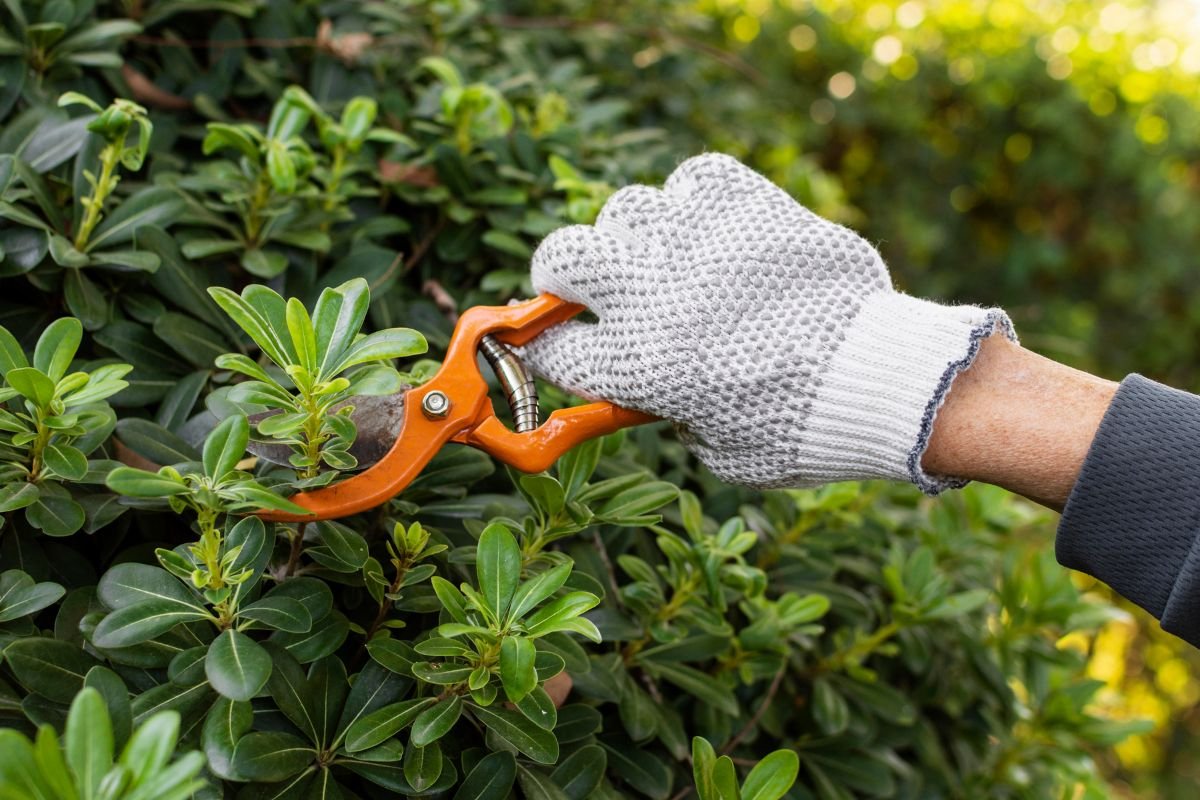Take a quick stroll down your local street on a warm summer’s day. While you’ll surely see plenty of people outside doing something fun, you’ll see even more dripping with sweat, swearing at their petrol mower, wondering why the 20th pull start didn’t work. You may also see clouds of smoke dissipating into the air after it has finally coughed and spluttered to life in the most dramatic way possible.
That’s the reality for many people who mow their lawns and don’t hire someone to do it for them. They spend 90% of their time tinkering with the mower to start, and 10% actually mowing their lawns. What if robots could change that?
Imagine this for a scenario: you’re sitting on your deck in the sunshine, enjoying a cold beverage. You might even be pool-side. Next to you is a lush piece of grass with a robot silently cutting it without anyone to show it how. Imagine no more. That’s now a thing.
Robots are Taking Over…and We’re Okay with It
In 2002 when the Roomba robot vacuum cleaner hit the market, consumers were in awe. They couldn’t believe that a robot would actually vacuum their floors without them having to do a thing!
In time, the novelty wore off, and it was a common sight in many homes. But over that time, people began to wonder if they could take that same technology and create a lawnmower that could effectively do the same thing. It turns out they could. After some years, robot lawnmowers hit the market, and, they too, are now a common sight in homes across the world.
Think about the benefits of having a robot lawnmower for yourself. While they won’t be as detailed, passionate, or particular as a lawn care expert, they can certainly tick all the boxes on the convenience front.
You can effectively set and forget. Some robotic lawn mowers will even return to their charging station to stock up on energy before they set back out to take care of the rest of the lawn. You can also spend more time doing the things you love, which is certainly bound to be a nice change.
Are Robots the Future of Lawn Mowing?
At the beginning of 2019, the East Devon District Council allocated a small sum of money to a trial run of robotic lawnmowers to cut specific sites in Exmouth. Their goal was to save time, effort, and manpower at the council.
During the trial, many of the mowers weren’t able to complete full nights of mowing due to interference. According to locals, children had been using them for joyriding and target practice. Once stopped, they had to be reset again.
In places where mowers were able to be used without tampering or vandalism, they were classed as successful trials. However, while robotic lawnmowers could be the future of lawn mowing, they are not able to reach their full potential if people will not respect them to do their job.
Robotic Lawn Mowers for Home Use
While commercial robotic lawn mowing may not be a perfect option just yet, there is no reason why you can’t invest in one for home use. There are many excellent options on the market, such as these below.
Robin Autopilot
The Robin Autopilot is an electric lawnmower that contributes to less noise and air pollution than most mowers for sale. It’s also one that’s used in a residential and commercial capacity.
This mower is part of a subscription-type service where users pay per week for the use of the mower, rather than having to fork out an upfront cost of thousands of dollars. You don’t own the mower, but you receive the convenience of a lawn mowing service that’s entirely unmanned.
Husqvarna Automower
Many people like the idea of a robotic lawn mower but don’t believe their lawn will be suitable for such an advanced piece of technology. If you have sloping lawns, a few inconsistencies or even little berries and obstacles dropped by trees; then this mower could be for you.
The Husqvarna Automower is capable of tackling gentle slopes, uneven lawns, and even pinecones that happen to get in its way. What’s more, it’s quiet enough that you can (apparently) use it overnight.
If you’re worried about your mower taking off to a neighbouring property while you sleep, then you don’t have to. Thanks to technician-installed boundary wires, this mower knows where home is.
Honda Miimo
No one likes spending a fortune and dealing with the hassle of picking up lawn clippings and taking them to a waste centre. That’s why many people rely on lawn care services. However, if you’ve been interested in robot lawnmowers for some time, then the Honda Miimo could be for you.
This machine mulches your lawn clippings as it goes, delivering them back into the lawn for vital nutrients. You can also control it via smartphone and send it to its home dock whenever you feel like it.
Could There be Robots in Your Backyard?
Robots are the future of lawn mowing. While there will always be a place for lawn care services, there is also a growing number of Kiwis who see the value in purchasing a robot to take care of the grass for them. Could a robot be in your future?
.png)













































